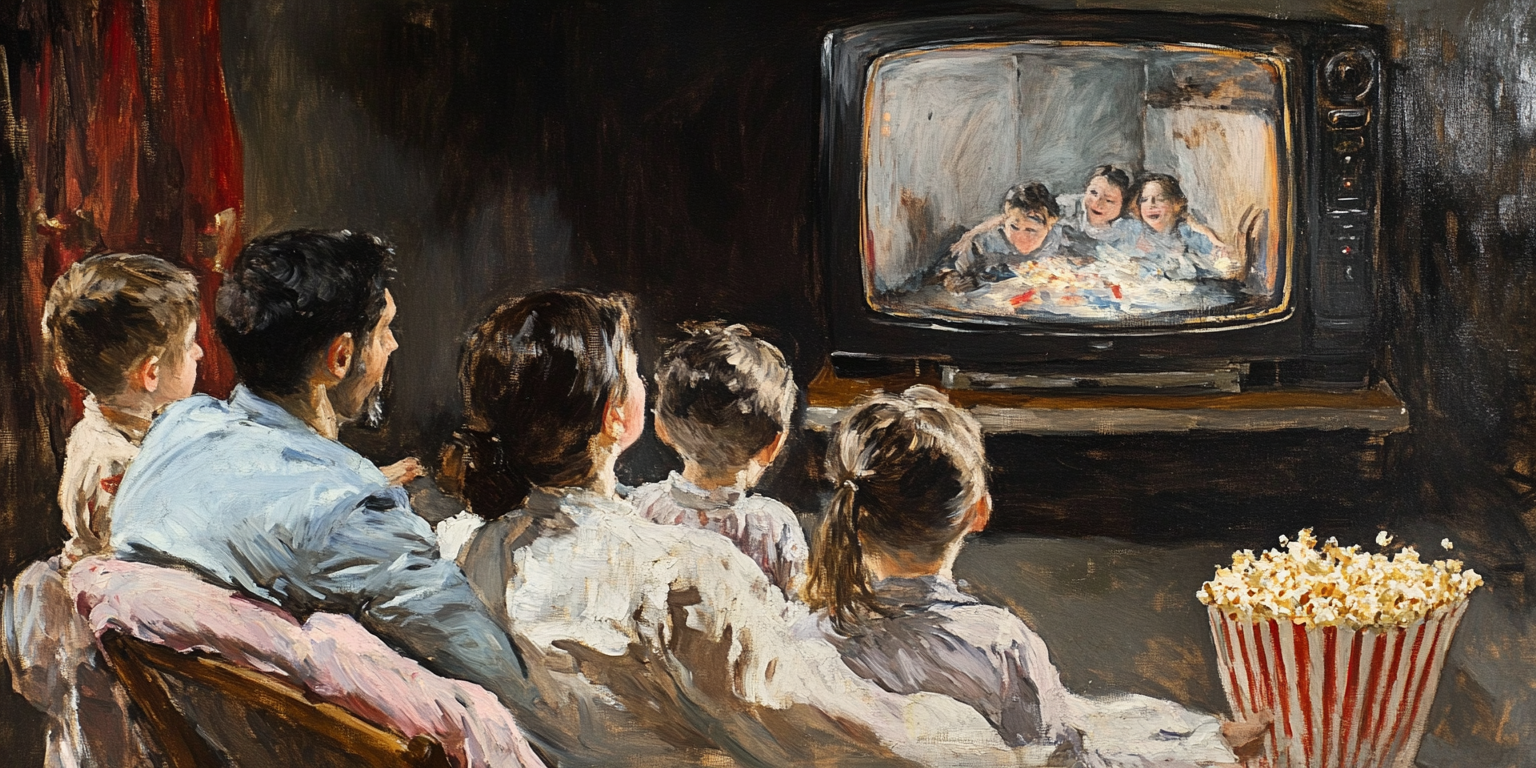In a day when secular trends appear to be spreading rapidly and religious observances are not always respected for the powerful role they can play, a new multi-national study shows that adherents may not only grow closer to God but also to their romantic partners when they practice religion in the home.
The report, Religion in the Home, released in October 2020 by the Wheatley Institution, finds that worshiping in churches, synagogues, and mosques regularly results in some gains, but couples don’t reap all the relational benefits of religiosity unless they also engage in home-worship behaviors. These behaviors include praying, studying holy writ, and having regular religious conversations in the home. President Russell M. Nelson’s direction for members of The Church of Jesus Christ of Latter-day Saints to take a home-centered, church-supported approach has not only resulted in a pivotal solution for religious devotion during a pandemic but has also proven to be a formula for building stronger family relationships as well.
The study reported on data collected from over 16,000 couples in 11 nations and across religious traditions—and provided a way not only to investigate religious impacts but to examine religious dosages. While many prior studies looked at differences between secular and religious couples, they rarely differentiate “dosages” (e.g., between religious individuals that occasionally attend, “nominals,” those that attend religious services regularly, “attenders,” and those who attend regularly and engage in home worship behaviors—“home worshipers”). This study also investigated whether couples in these three types and in secular couples (the fourth type) had the same degree of religiosity as their partner or not.
Whether one lives in a secular, mixed, or religious society, home worshiper couples clearly stand out from others
Some of the respondents in this study live in largely secular nations (e.g., France, the UK, and Australia), while others come from more religious nations (e.g., Colombia, Peru, and Mexico). While wealthier, more developed nations tend towards a more secular population, those in more religious nations are often less developed and poorer, However, the United States is an anomaly as a first-world power, while showing nearly equal numbers of secular and religious individuals in its nationally representative sample.
Whether one lives in a secular, mixed, or religious society, home worshiper couples clearly stand out from others in factors such as having a sense of meaning in life, feeling God’s love daily, experiencing more relationship satisfaction, reporting more sexual satisfaction, and making household decisions together as a couple. In many of these categories, significant differences favoring home worshiper couples were shown when compared to attenders, especially when both partners were consistently high in their religious observance.
Emotional closeness in couples followed this same pattern. For example, couples in the shared home worshiper category reported significantly higher levels of emotional closeness in their relationships than other groups, and this benefit was especially pronounced when compared to those in the non-religious secular group.
Researchers also noted that the association between religious involvement and emotional intimacy in couples’ relationships was particularly pronounced for women. Specifically, women in shared home worshiper relationships were twice as likely to report experiencing deep emotional closeness in their relationship than women in the non-religious secular group. In fact, women in shared home worshiper couples rated significantly higher on emotional closeness outcomes than women in all other types of relationships, including nominals and attenders. These findings provide powerful insight into the role that religious involvement may play in the emotional vitality of marriage and suggests that emotional closeness is influenced by more than just religious involvement, but by religious dosage as well.
Couples with a strong emotional connection reap numerous relationship benefits that can prevent partner distance
Perhaps, the differences in relational outcomes resulting from these outward and in-home practices may at least in part be explained by extrinsic or intrinsic religious motivations, since the characteristics that tend to accompany intrinsic religious motivation, like mindfulness and humility, facilitate greater emotional intimacy in relationships. Research has also repeatedly shown that intrinsically motivated religious worship promotes emotional and mental health, so it may be that men and women in the shared worshiper group in this study were particularly equipped with the mental and emotional resources necessary for fostering emotional closeness in their relationships. Certainly, this study’s findings suggest that there is a more nuanced set of impacts when not only outward practices (going to church regularly) but also in-home practices (studying holy writ, having religious conversations, etc.) are measured.
Why is this closeness component so important? Relationship experts have long emphasized the importance of a deep emotional connection between partners in establishing and maintaining a healthy marriage. They refer to emotional intimacy specifically as the perception of closeness between partners that allows for sharing personal feelings in an environment of understanding, affirmation, and care. Further, many of the marital issues that couples face today are rooted in a lack of emotional closeness and develop from an increasing sense that they are growing apart.
John Gottman, a renowned relationship specialist and researcher, explained that even marital problems like infidelity are driven more by loneliness and emotional disconnection than by forbidden attraction. On the other hand, couples with a strong emotional connection reap numerous relationship benefits that can prevent partner distance, including better communication, a deepened sense of security and mutual support, and enhanced sexual satisfaction. Because emotional intimacy effectively demarcates high-quality marriages from others, it is important to take note of factors that sustain deep emotional intimacy from those that do not, and these findings indicate that significant emotional richness may be augmented in a relationship by way of home worship.
Another important impact for emotional closeness in religious couples comes from what has often been described as the “divine marital triangle”—the idea that one spouse is placed at each side of the base of a triangle and God is at the peak. As elegantly described by Church leader, David A. Bednar, the model suggests that as both spouses travel up the side of the triangle and get closer to God, they naturally get closer to each other as well.
Shared home worship, beyond just church attendance or occasional religious participation, is one of the ways that couples can engage in this divine marital triangle and effectively draw nearer to each other. Religious couples are also more likely to perceive their relationship as being sacred or holy as well. Research has consistently demonstrated that a sanctified view of marriage leads to numerous positive relationship outcomes, not the least of which is deepened emotional intimacy.
Given the existential meaninglessness that some national commentators increasingly address and the intense loneliness of an age (which some experts decry as the shadow pandemic), our opportunity to seek closeness in truly powerful ways with God and in our marriages is more important than ever. We can be renewed with hope and find additional motivations to invest in our dearest relationships as we recognize the true relationship between our home devotions to God and the power of connectedness it can bring to these significant relationships.
















